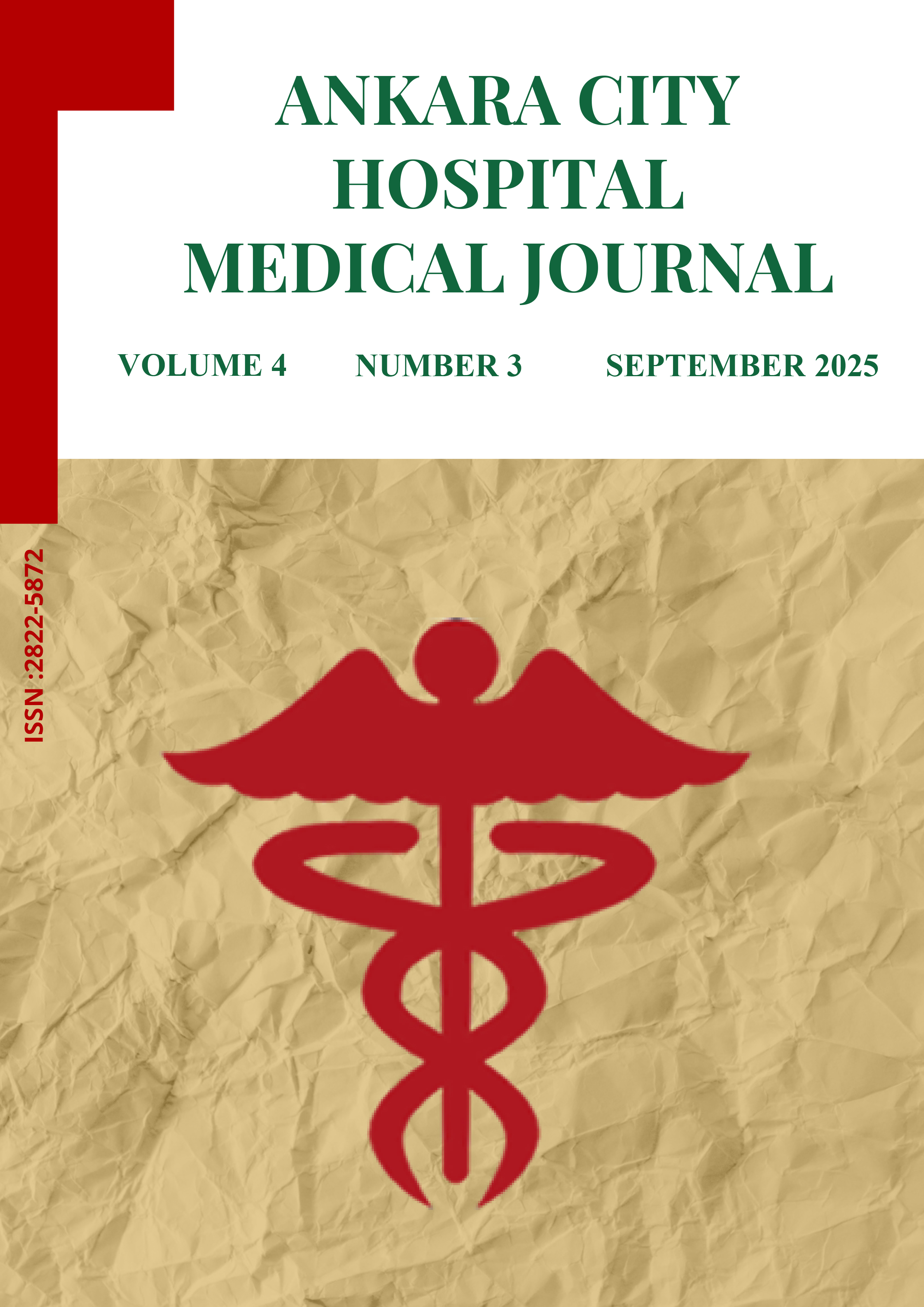
Use of Suprathel for Deep Dermal Burns: Our Clinical Experience
Emin Yılmaz1, Emre Şimşek1, Alparslan Ertenlice2, Ali Emre Akgün1, Merve Akın11Department Of General Surgery, Ankara Bilkent City Hospital, Ankara, Türkiye2Department Of General Surgery, Ankara Yıldırım Beyazıt University, Ankara, Türkiye
INTRODUCTION: Standard treatment includes immediate debridement of non-viable tissue and closure of the wound with dressings that provide favorable conditions for reepithelialization. Since superficial and deep areas may coexist in second-degree burns, the choice of dressing is also very important in second-degree burns.
The aim of this retrospective study was to summarize our experience with Suprathel® in the Burn Center and to examine the contribution of Suprathel® to wound healing in heterogeneous second-degree burns.
METHODS: Patients with superficial and deep second-degree burns hospitalized in Ankara City Hospital Burn Treatment Center between April 1, 2019 and December 31, 2020 were retrospectively analyzed. Age, gender, burn etiology, total burn surface area(TBSA), depth of injury were recorded. Patients were grouped according to dressing options or treatment regimen with Suprathel. Epithelialization time, skin grafting time, if performed, and graft harvest rates were compared within groups.
RESULTS: Of 130 patients hospitalized for second-degree burns (deep dermal burns), 58 were closed with Suprathel®. 43 of the patients who did not receive Suprathel underwent a graft operation. Eight patients underwent grafting after Suprathel application. The remaining 29 patients underwent escharectomy and conventional dressing methods.
DISCUSSION AND CONCLUSION: When the patient groups with and without Suprathel application were compared, there was no significant difference in terms of gender, burn etiology and burn localization. However, there were younger patients in the suprathel group. Epithelialization time was shorter and graft acceptance was higher in suprathel treated patients.
When the total burned body surface areas were compared according to the treatment methods applied, it was observed that the burn area requiring graft was significantly smaller in suprathel treated patients.
Manuscript Language: English
(107 downloaded)









